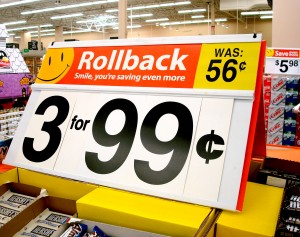Danielle van Jaarsveld discussed in class a current business trend: outsourcing.1 Due to globalization and looser trade restrictions, companies can cut costs by shifting parts of operations their offshore. But, there are risks associated with outsourcing because companies lose some control over key parts of their organization.
Image from: http://www.financialpost.com/entrepreneur/international-business/5748902.bin?size=620×465 (Gildan’s Honduras operations)
One example is Gildan Activewear Inc., one of the largest t-shirt producers worldwide.2 Gildan outsources their sewing and textile operations to Central America, the Caribbean basin, and is now seeking to outsource onwards into Bangladesh, in an attempt to boost European and Asian sales. Gildan posted sales of US$1.3 billion in 2010, and has admitted that empowering local managers, as opposed to micromanaging from the US, accounts for the company’s success in outsourcing.
Still, risks exist. Gildan manufactures in countries with unstable economic, political, and social structures, as well as countries prone to natural disasters. Furthermore, if one of Gildan’s manufacturing facilities or third-party contractors were to violate laws, this will reflect poorly on Gildan as a whole, resulting in damage to the company’s reputation along with declines in sales. It is a constant balancing act between low costs and decreasing risks; but in this economy, staying competitive has become a necessity.

Image from: http://www.zedweb.com/assets/Uploads/_resampled/SetRatioSize700550-gildan-exuberance.jpg
- Jaarsveld, D. (Instructor). 2011, November 1. People, Teams, and Culture [Classroom Lesson]. University of British Columbia.
- http://www.financialpost.com/entrepreneur/international-business/Offshore+opportunities+good+pass/5747482/story.html
Word Count: 199











